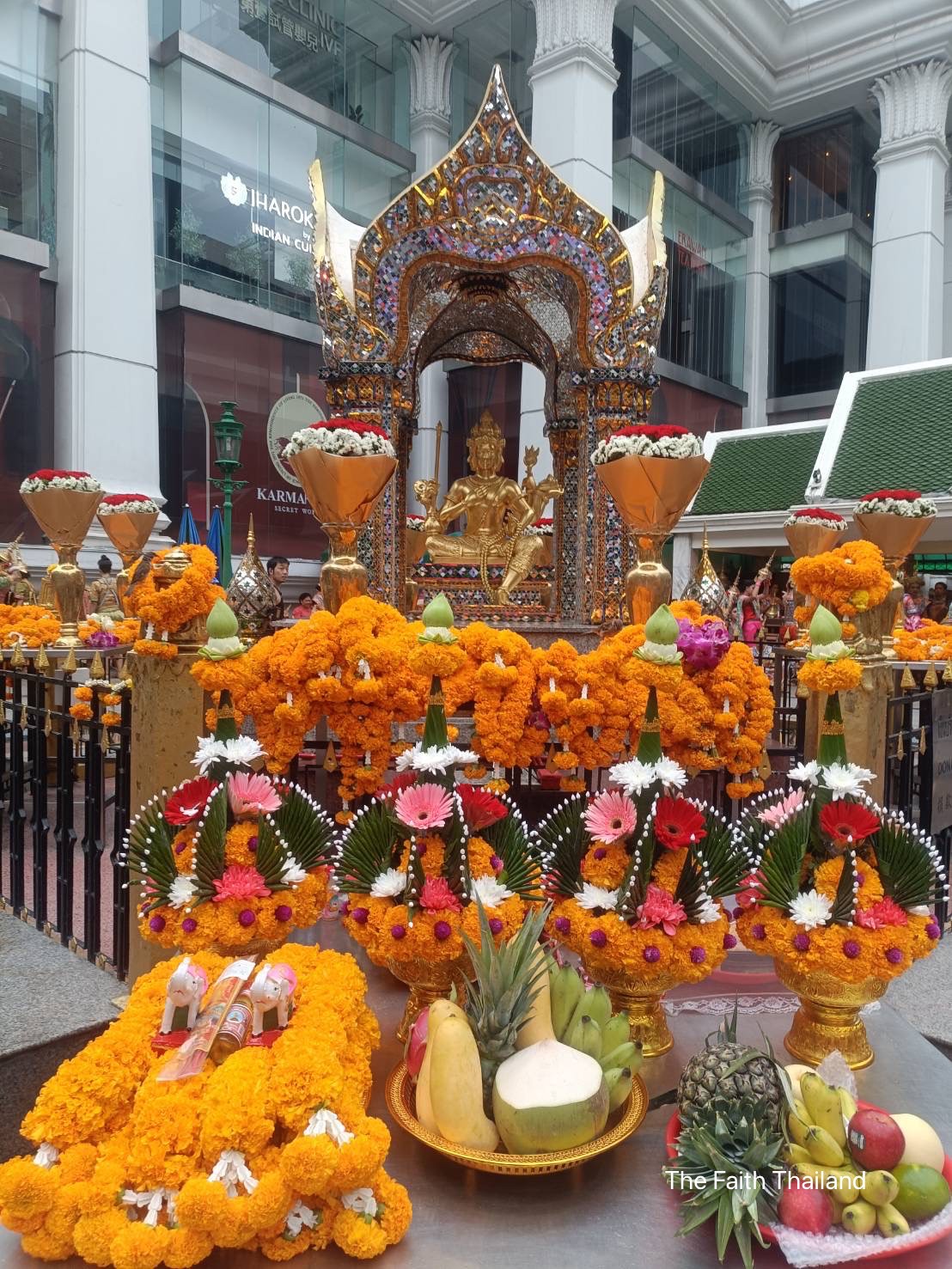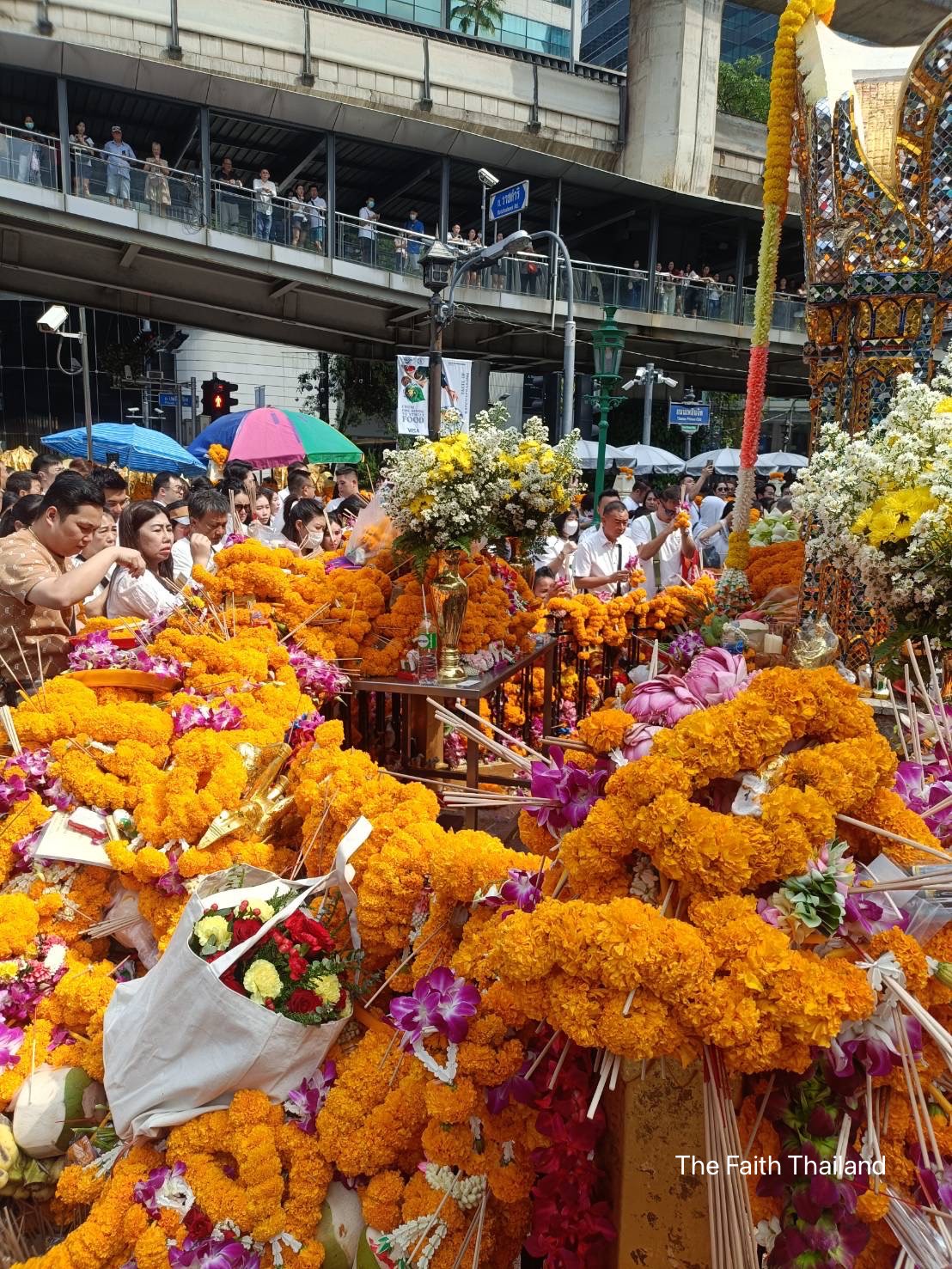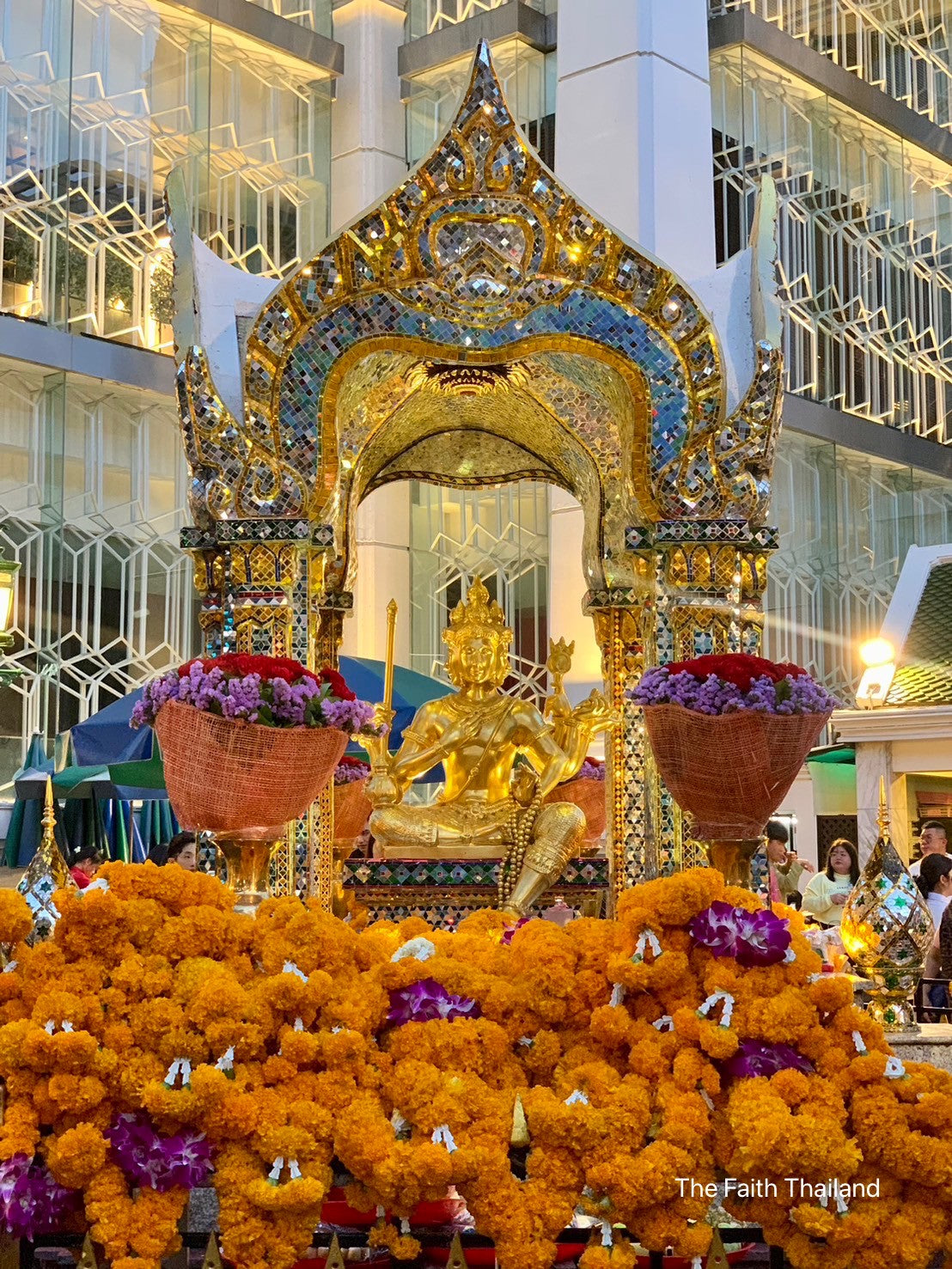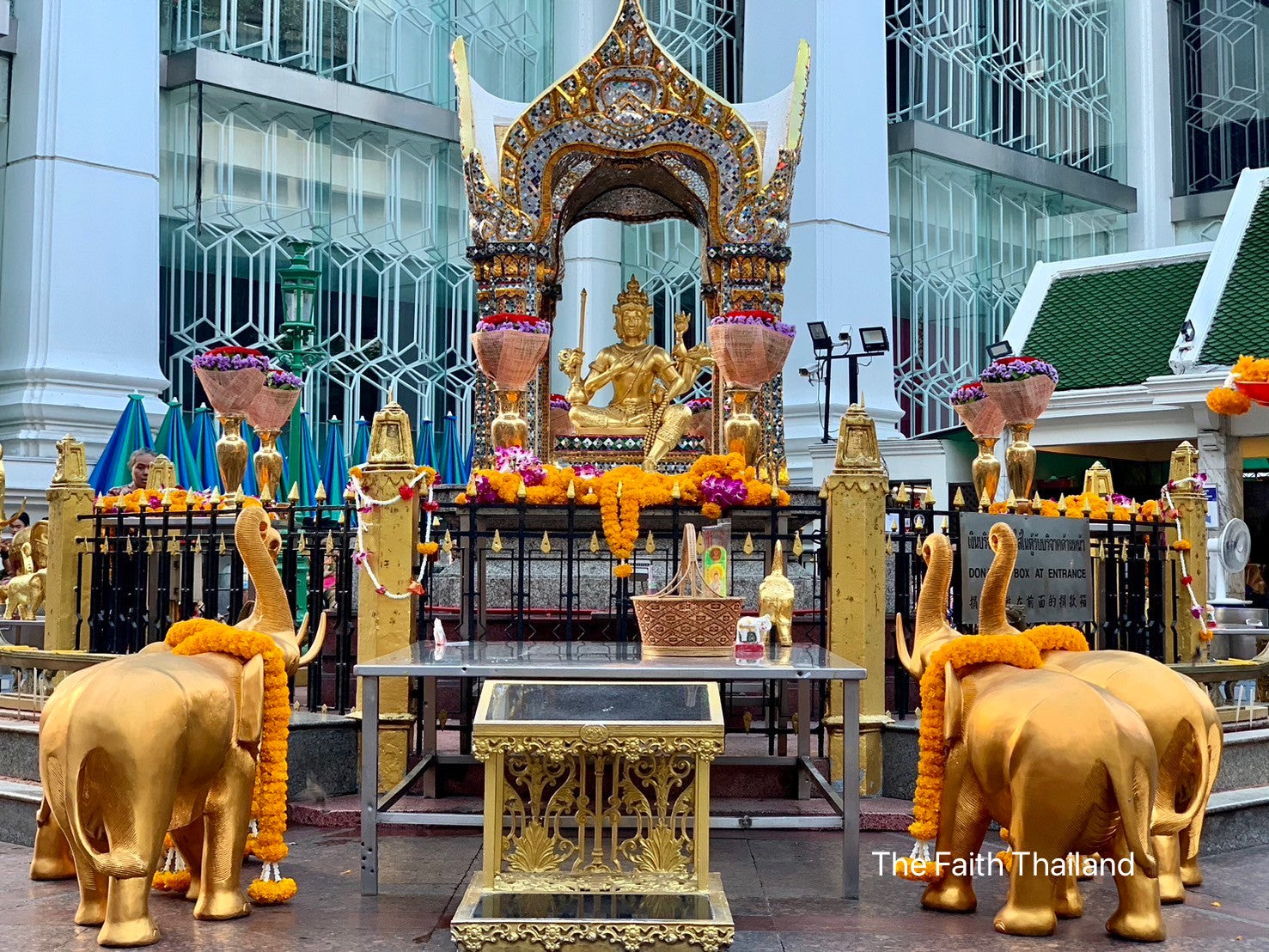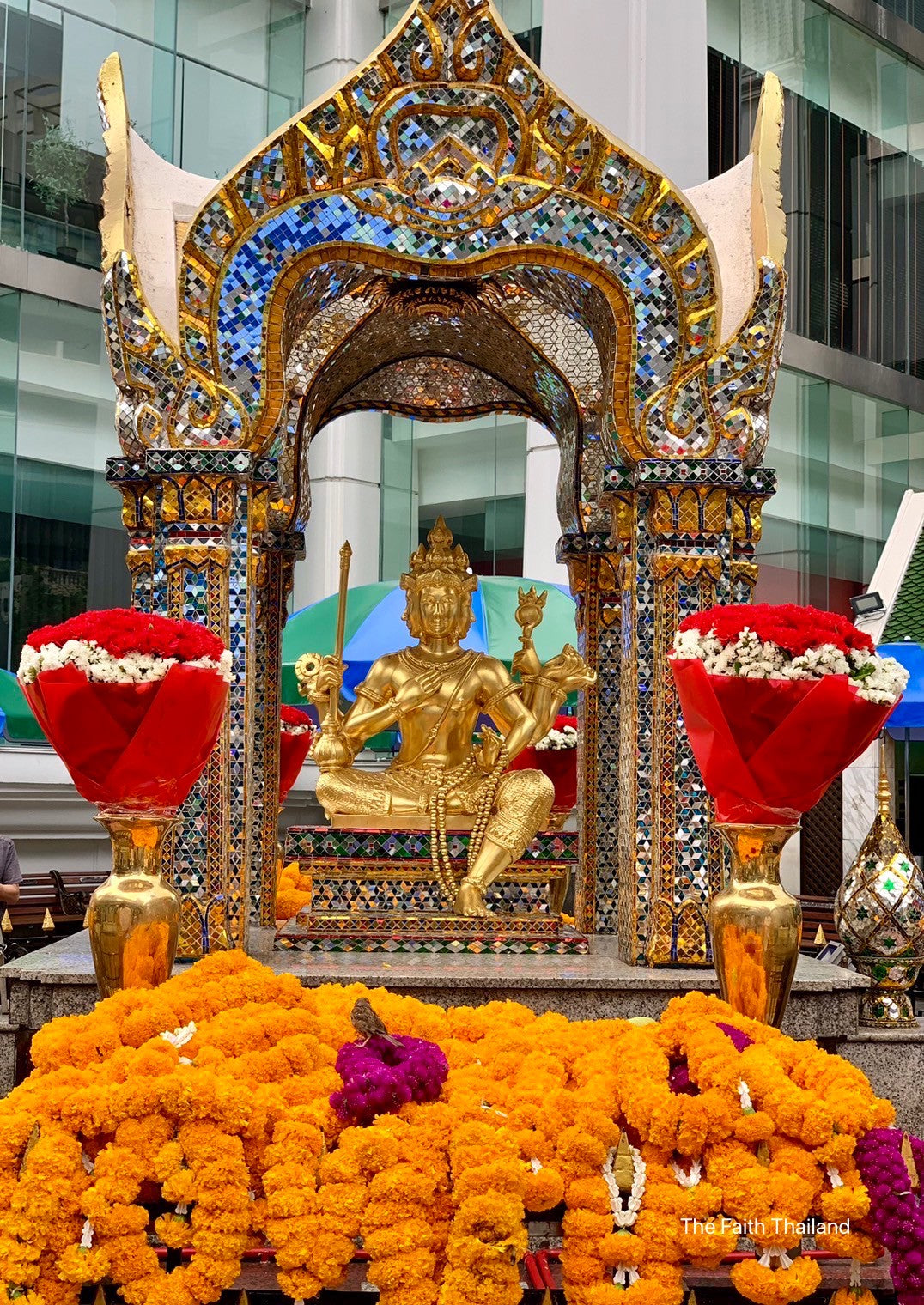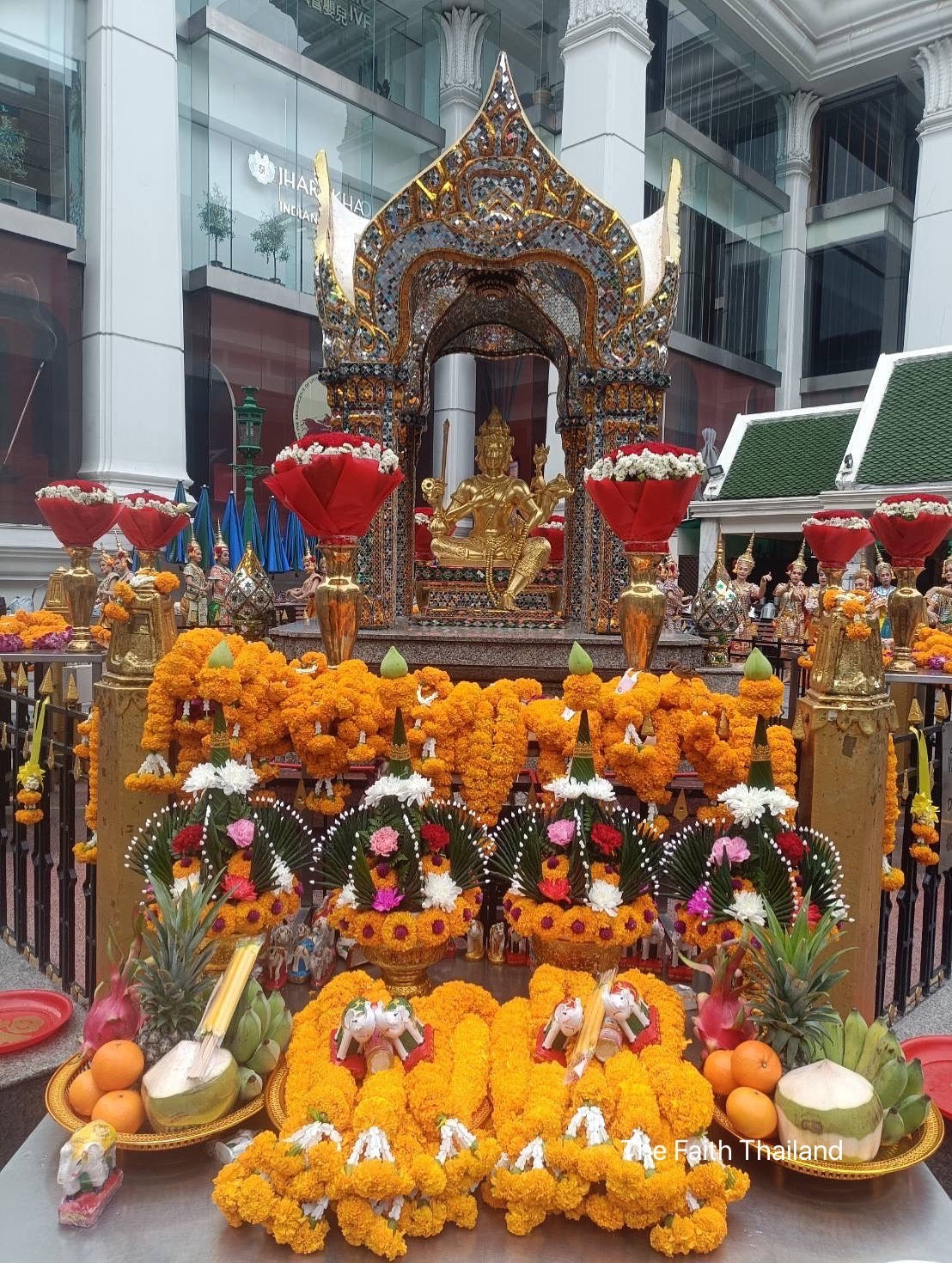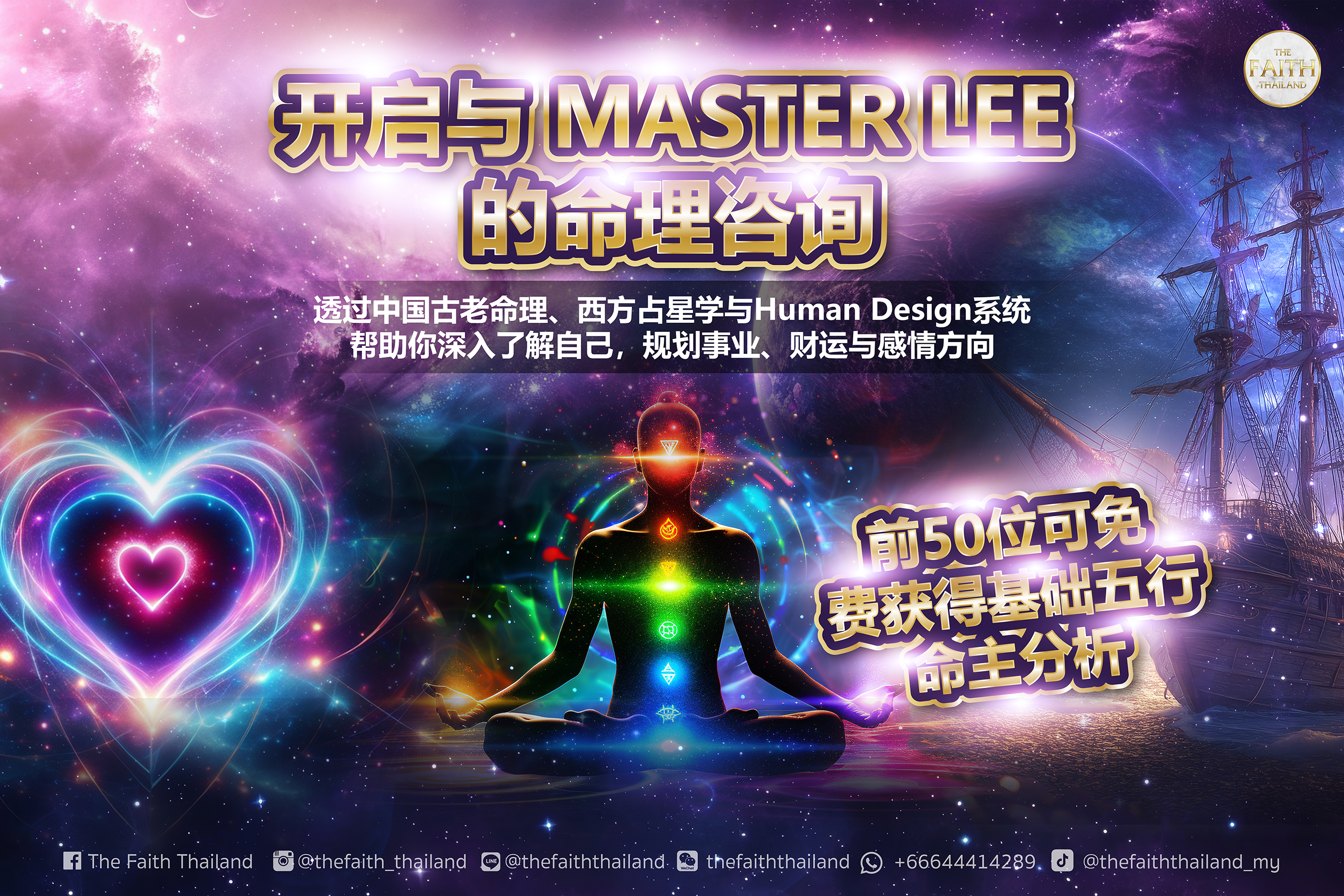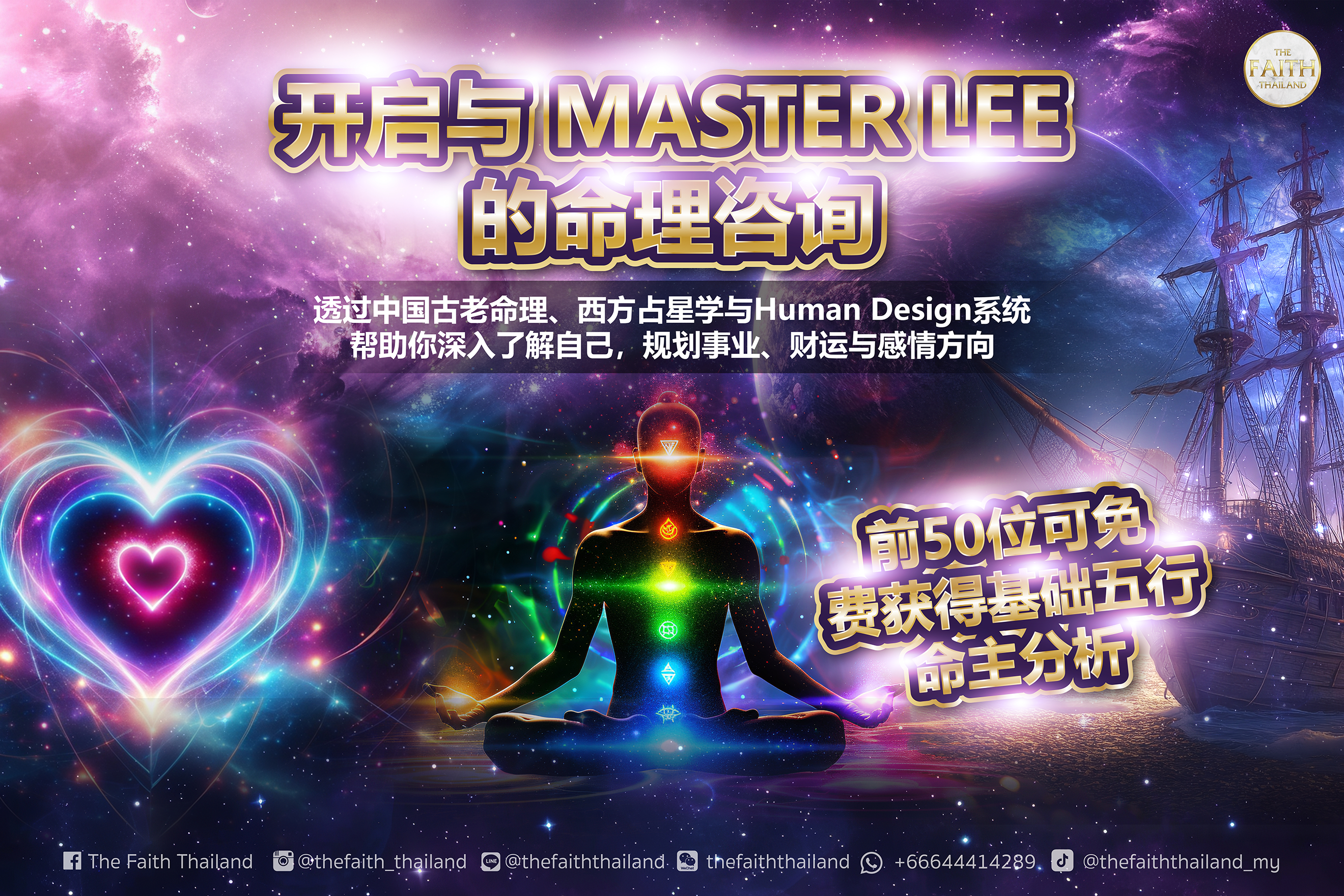Traveler's Guide: Analysis of Thai Buddhist Cultural Etiquette
As one of the most popular tourist destinations in Southeast Asia, Thailand attracts global travelers with its rich cultural heritage and religious beliefs. When traveling in Thailand, worshiping Buddha is a common cultural activity. It is not only a manifestation of religious beliefs, but also an important way to understand local culture. If you want to deeply experience the Thai culture of worshiping Buddha, it is essential to understand the relevant etiquette.
In this guide, we'll break down the etiquette of Thai Buddhist worship, from the basics of entering a temple to the intricacies of visiting a Buddha statue. Whether it's your first visit to Thailand or you're looking to better immerse yourself in local traditions, this article will help you get started.
The sacred meaning of Buddha worship culture
Worshiping Buddha has a profound meaning in Thai culture. For Thais, Buddhism is not only a religion, but also a way of life. Whether praying for peace, career success, or family harmony, Thais will go to temples to worship Buddha to express their inner wishes.
Many people are also very interested in the Four-Faced Buddha in Thailand. This sacred symbol is not only worshipped by locals, but also attracts many international tourists. If you want to know more about the belief story and cultural roots of the Four-Faced Buddha, you can read our related articles below:
- Faith that transcends culture: My encounter with the Four-Faced Buddha in a foreign country
- The Four-Faced Buddha of Thailand: The Cultural Roots Behind the Supernatural Stories


A Guide to Thai Buddhist Etiquette
If you’re planning to visit a temple, here are some key etiquette guidelines to help you better experience Thai Buddhist worship:
1. Dress appropriately
When entering the temple, please make sure you are dressed appropriately. Avoid wearing shorts, short skirts or sleeveless tops. Men are advised to wear a shirt or T-shirt with long pants, while women can wear a dress that covers the knees or a dress with sleeves.
2. Respect sacred space
Before entering a temple, please take off your shoes as a sign of respect. Some temples provide shoe racks where you can place your shoes in a designated area. Also, try to be quiet as the temple is a place for meditation and prayer.
3. The correct way to worship Buddha
When you visit a Buddha statue, please be sincere and focused. Usually, putting your hands together and bowing gently three times is the standard way to express respect. Remember, never leave the Buddha statue with your back to it, which is considered disrespectful.
4. Avoid touching Buddha statues
Although many tourists may be attracted by the artistic carvings of the Buddha statues, please be careful not to touch them. This is not only for cultural and religious reasons, but also to preserve these important cultural heritages.
Recommended temples and souvenirs
If you are planning to visit the Grand Palace in Bangkok or Wat Phra That Doi Suthep in Chiang Mai, you may want to purchase some handicrafts or Buddhist gifts from our product pages as a memorable souvenir of your trip after your trip.
In addition, souvenirs of the Four-Faced Buddha are also very popular. Many tourists like to bring back pendants or small statues of the Four-Faced Buddha to bless peace. If you are interested in this, please browse our product collection to find more unique cultural souvenirs.
Conclusion
Thailand’s worship of Buddha is awe-inspiring and allows travelers to better immerse themselves in local life through this sacred culture. By following proper etiquette, you can not only respect local traditions, but also gain a deeper spiritual connection from them.
Whether you're visiting temples or exploring Thai culture, I hope this guide will make your trip more enriching. For more fascinating stories about Thai culture, please continue reading our blog posts .
Plan your cultural trip to Thailand now and shop our carefully selected Thailand souvenirs !
Traveler's Guide: An Analysis of the Buddhist Worship Customs in Thailand
As one of the most popular tourist destinations in Southeast Asia, Thailand attracts global travelers with its rich cultural heritage and religious beliefs. Worshiping Buddha is a common cultural activity in Thailand, not only as a reflection of religious belief but also as an important way to understand local culture. If you wish to deeply experience Thailand's Buddhist worship culture, understanding the related customs is crucial.
In this guide, we will provide a detailed analysis of the etiquette of Buddhist worship in Thailand, from basic temple entry etiquette to the specifics of worshiping Buddha statues. Whether you are visiting Thailand for the first time or hoping to better integrate into local traditions, this article will lend you a helping hand.
The Sacred Significance of Worshiping Buddha
Worshiping Buddha has profound significance in Thai culture. For Thai people, Buddhism is not just a religion, but a way of life. Whether it is praying for peace, career success, or family harmony, Thais go to temples to worship Buddha to express their inner wishes.
Many people are also very interested in Thailand's Four-Faced Buddha. This sacred symbol is not only revered by locals but also attracts many international tourists. If you want to delve deeper into the beliefs and cultural roots of the Four-Faced Buddha, you can read our related articles below:
- Crossing Cultures of Belief: My Encounter with the Four-Faced Buddha in a Foreign Land
- Thailand's Four-Faced Buddha: The Cultural Roots Behind Supernatural Stories


Guide to Thai Buddhist Worship Customs
If you plan to visit temples, here are some key etiquette guidelines to help you better experience Thai Buddhist worship culture:
1. Dress Appropriately
When entering a temple, please make sure to dress appropriately. Avoid wearing shorts, skirts, or sleeveless tops. Men are advised to wear shirts or T-shirts with long pants, while women can opt for dresses covering the knees or clothing with sleeves.
2. Respect Sacred Spaces
Please remove your shoes before entering a temple as a sign of respect. Some temples provide a shoe rack where you can place your shoes in the designated area. Additionally, try to maintain silence as temples are places for meditation and prayer.
3. Proper Ways to Worship Buddha
When worshiping a Buddha statue, maintain sincerity and focus. Usually, pressing your palms together and slightly bowing three times is the standard way to show respect. Remember, never turn your back when leaving the Buddha statue, as this is considered disrespectful.
4. Avoid Touching Buddha Statues
While many tourists may be drawn to the artistic carvings of Buddha statues, please refrain from touching them. This is not only due to cultural and religious beliefs but also to preserve these important cultural heritages.
Recommended Temples and Souvenirs
If you plan to visit the Grand Palace in Bangkok or Wat Phra That Doi Suthep in Chiang Mai, consider selecting some handicrafts or Buddhist gifts from our product page as memorable souvenirs to conclude your trip.
Additionally, souvenirs of the Four-Faced Buddha are very popular, with many tourists liking to take home pendants or small figures of the Four-Faced Buddha for protection and peace. If interested, please browse our product collection to find more unique cultural souvenirs.
Conclusion
The Buddhist worship culture in Thailand inspires deep awe and allows travelers to better integrate into local life through this sacred culture. By adhering to proper customs, you can not only respect local traditions but also gain a deeper spiritual connection.
Whether you are visiting temples or exploring Thai culture deeply, we hope this guide enriches your travel experiences. For more fascinating stories about Thai culture, feel free to continue reading our blog articles .
Plan your Thai cultural journey now and shop our carefully selected Thai souvenirs !


